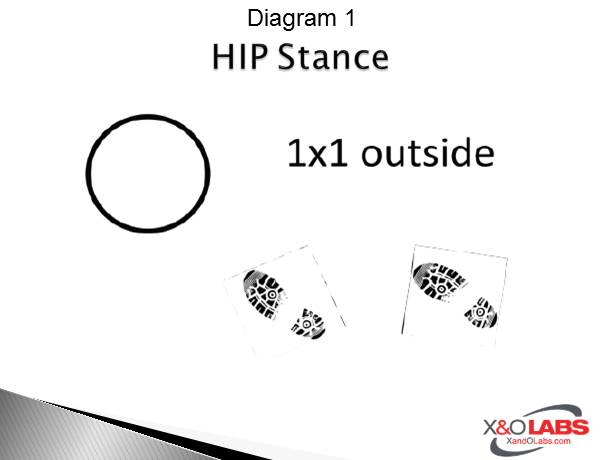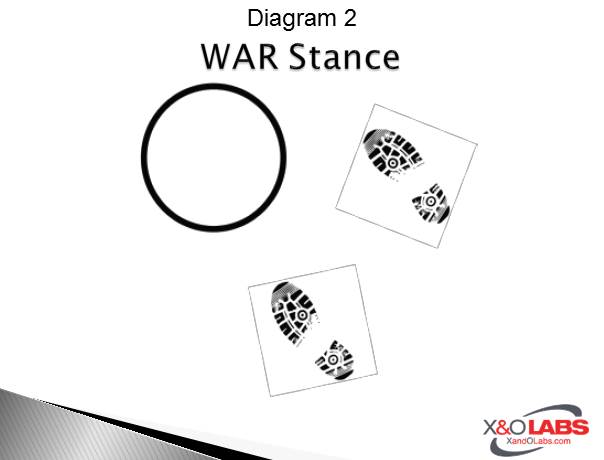By Jason Thier
Defensive Coordinator
University of Montana Western

Editor's Note: At 24 years old, Jason Thier became the Defensive Coordinator at The University of Montana Western in 2011. Prior to coming to UMW, Thier spent two seasons at Augustana College in Sioux Falls, S.D. In 2010, he helped coach the team to a 10-1 regular season record and the NCIS South Division Championship. In his young career he has coached five all-conference players and one all-region player, at both the linebacker and safety position. Thier played at Truman State University where he was a three-year starter at linebacker, earning All-MIAA Defensive honors his senior year.
There is no question that the game of football is in constant motion. It is a continual machine of change. Each year it seems like there is a new offensive scheme that is gaining momentum and earning the reputation of being unstoppable. It then spreads like a wild fire across the country, traveling with coaches from team to team, conquering the game one conference at a time. Because of this, defensives are forced to adapt and adjust to combat all the latest and greatest offensive trends. This process is cyclical: offensive minds come up with new ideas and defensive minds find ways to stop them. However, there is one thing about football that will never change: it is a game of numbers and match-ups. A team’s ability to gain the numbers advantage and create favorable match-ups has a direct correlation with their ability to achieve victory.
That is one of the main reasons why we have chosen to run a 3-4 defense here at Montana Western. It garners the ability to eliminate offensive mismatches and exploit match-ups of our own. It also gives us the ability to line up and adjust to all offensive schemes and formations. Being a base 3-4 team, we ran 46% of our plays last season out of reductions fronts (four fronts using a linebacker as the fourth linemen). It is the flexibility to move in and out of reduction fronts that gives the 3-4 defenses the adaptability to defend all offensive attacks. In order to be successful playing in reduction fronts we have to do a great job of teaching our linebackers to play on the line of scrimmage. This article is going to be two tiered; first I am going to focus on how we teach our linebackers to play on the line of scrimmage and secondly I am going to introduce you to the multitude of reduction fronts we use in an effort to eliminate mismatches.
Stance and Technique
When playing up on the line of scrimmage we want our linebackers to be physical and aggressive, attacking blockers and delivering contact. In order to do so, a linebacker's stance when playing on the line of scrimmage must be low, powerful, and comfortable. Regardless of which stance you choose to use when playing a linebacker on the line of scrimmage, above
anything else it must incorporate those three things. If a player is not comfortable in his stance, his first movement will be to get comfortable, creating wasted movement. Our goal is to eliminate all wasted movements. If the player is not in a low and powerful position to engage a blocker he is at a disadvantage to give up ground immediately on the snap. Last season we started the year with our linebackers using what we call a HIP stance when they were playing on the line.
Fundamentals of the HIP Stance

- Eyes are keying the near shoulder of the man you are shading. Read his tip to determine the block (To, Away, Back).
- Inside foot is up, the back toe is to the heel of the front foot, and the feet are slightly inside of the shoulders.
- The knees are bent, shoulders are back, and chest is big.
- The hips are aligned with your aiming point (usually the outside tip of the man you are shading).
- Hands are relaxed in front of your body ready to strike.
- The first step is a six inch power step with the inside foot, into the crotch of the man you are shading. Be careful not to over stride. Violently fire your inside hand to the V of the neck and outside hand to the shoulder of the offensive player. Step and strike should happen at the same time.
However, after our week four game we noticed that instead of stepping with the inside foot to engage blockers, our players were stepping backward with their outside foot to absorb contact. We also noticed that on the snap our guys were lowering their pads and repositioning their base. This indicated a lack of comfort and proper pad level. We then decided that we needed to make a change. We decided to put our players in a better position to be successful and to accomplish what was most important about playing on the line of scrimmage: being low, powerful, and comfortable. We then implemented what we refer to as the WAR stance.
Fundamentals of the WAR Stance

- Eyes are keying the near shoulder of the man you are shading. Read his tip to determine the block (To, Away, Back).
- Outside foot is up, the back toe is to the instep or heel of the front foot, and the feet are shoulder width apart.
- The knees are bent, shoulders are back, and chest is big.
- Body is angled inside at no more than forty-five degree angle, aligning your crotch with your aiming point (usually the outside tip of the man you are shading).
- Hands are relaxed in front of your body ready to strike.
- The first step is a twelve inch power step with the inside foot, into the crotch of the man you are shading. The inside foot should now be in front of or even with the outside foot. Be careful not to over stride. Violently fire your inside hand to the V of the neck and outside hand to the shoulder of the offensive player. Step and strike should happen at the same time.
The decision to make the change to the WAR paid great dividends. After changing our players from the HIP to the WAR stance we gave up 100 less yards per game in the last six games, in comparison to the first four games. We also gave up half a yard less per carry in the run game in the last six games. Finally we finished 3-3 in those last six games after going 1-3 in the first four games. Obviously there are multiple factors that go into making such improvements, but the change to the WAR stance was a big part of it. After the season was over I was able to identify why the WAR stance is superior to the HIP.









